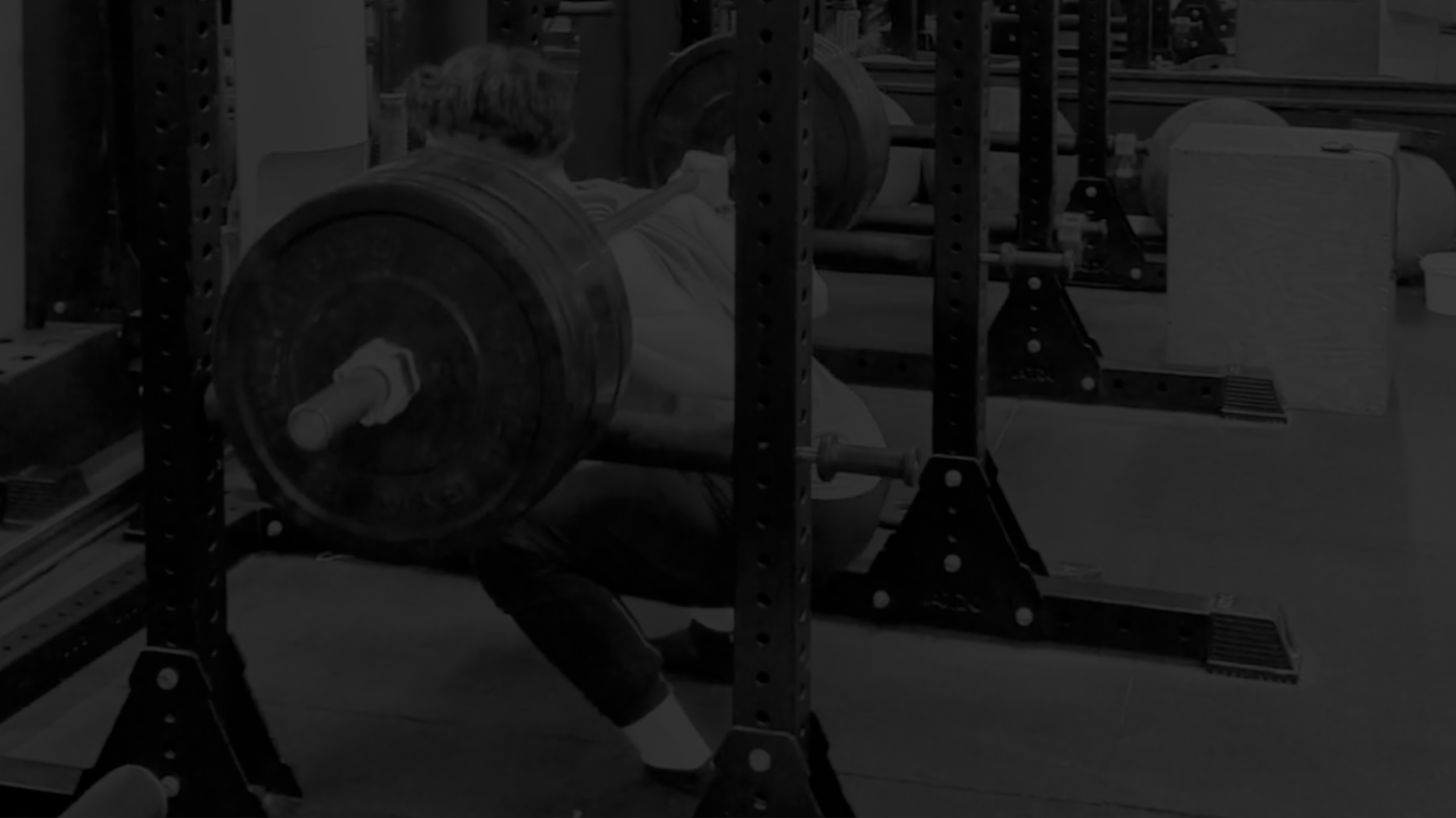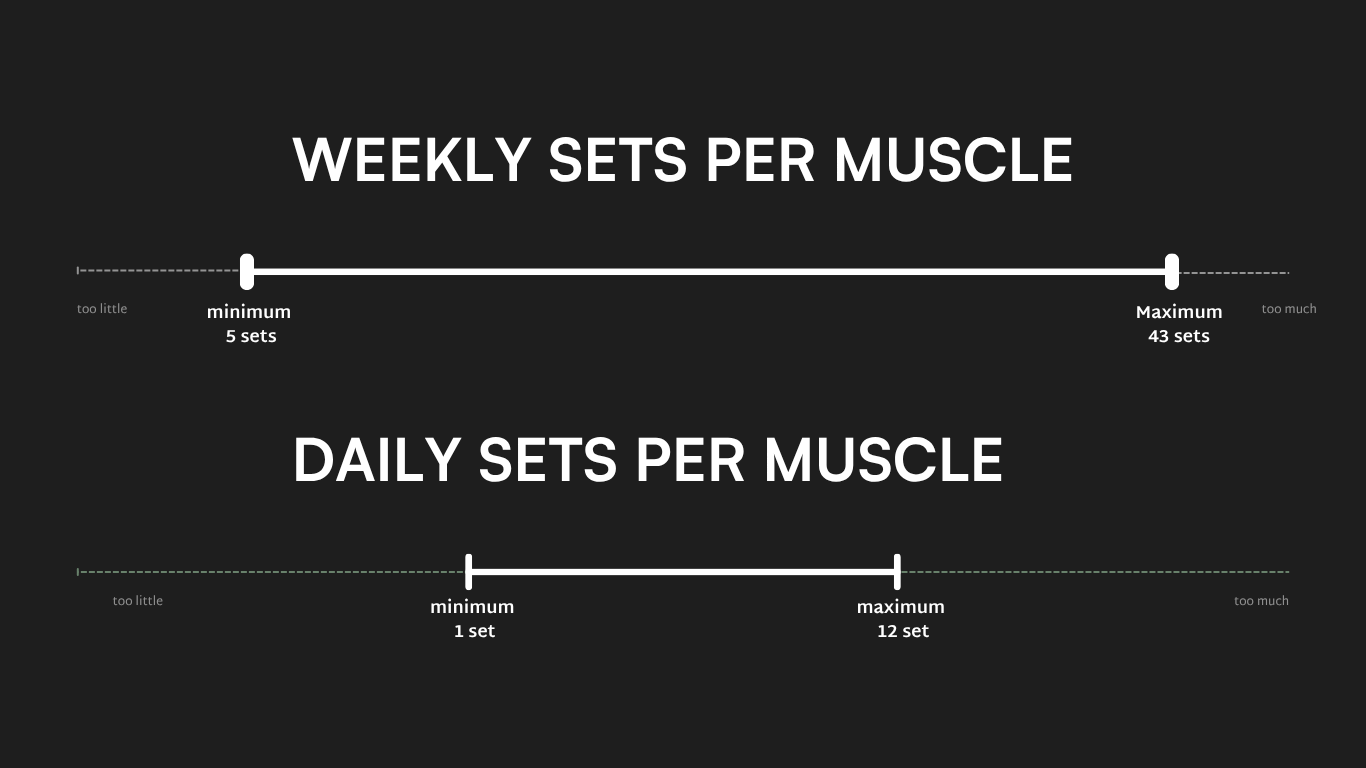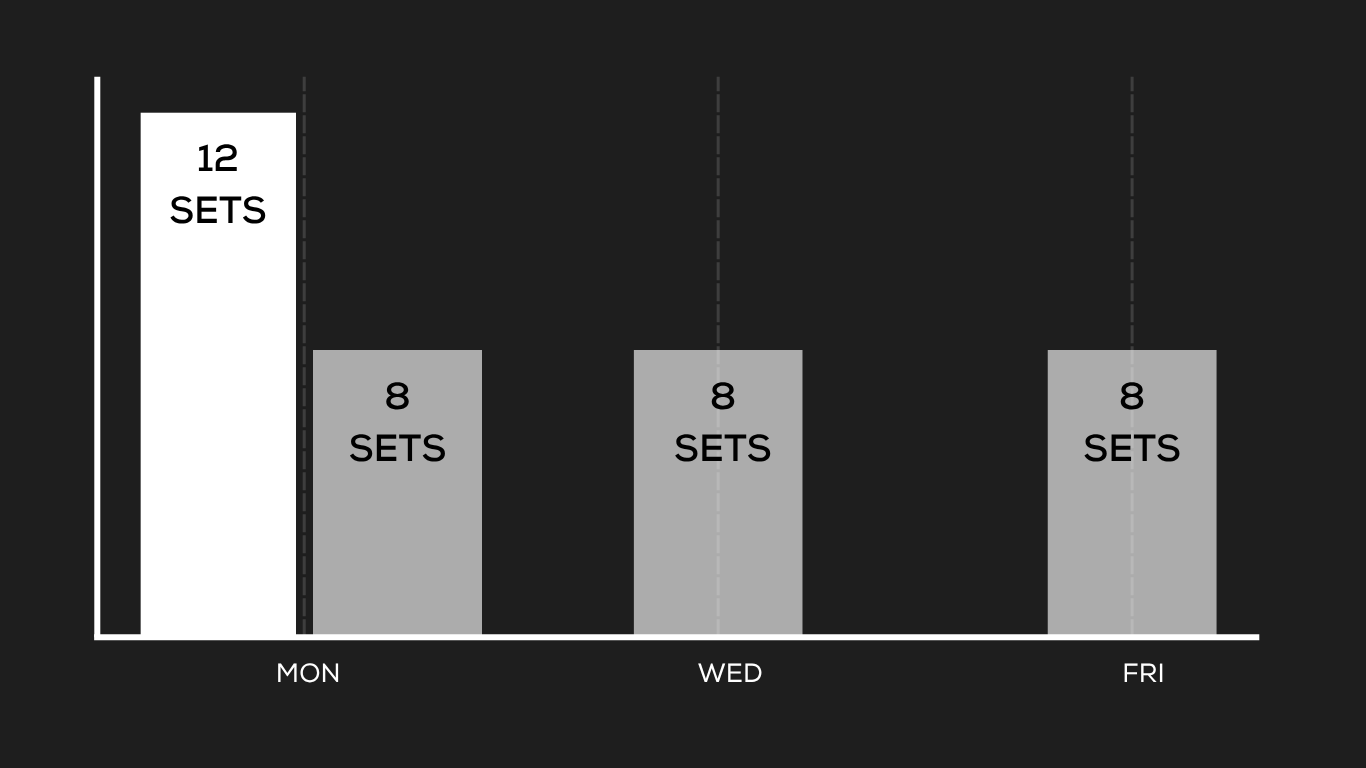Why Training More Often Leads to Better Results
After stepping into the chaotic world of fitness, many people quickly start looking for the secret sauce to progress. Edgy programs, complex rep schemes, exotic exercises — the options can feel endless.
But the truth is, the lowest-hanging fruit for most lifters isn’t something fancy. It’s simply training more often.
A lot of enthusiasts fall into what’s called the “bro split” — a style popularised in bodybuilding magazines in the 80s and 90s, where each muscle group is trained once per week with very high volume. While this method became a staple for bodybuilders, and can still work well for advanced lifters or those training 5–6 days a week, it’s often not the most efficient approach for the majority of people.
For most recreational lifters training 2–4 days per week, increasing frequency is one of the simplest and most effective ways to make progress.
Let’s break down why frequency matters, and how it can accelerate your results.
1. Better Skill Gains
Strength training is more than just lifting weights — it’s also about skill. Movements like squats, presses, and deadlifts require coordination, balance, and timing. The more often you practice these lifts, the faster your brain and body adapt.
Just like learning an instrument or a sport, spaced practice beats cramming. Training a lift several times a week reinforces technique, helps correct mistakes, and makes movements feel smoother. Over time, this translates into better performance and strength.
Beginners: benefit the most from frequent practice, since they’re still learning the basics of each movement.
Advanced lifters: already move efficiently, so they may not need as much frequency for skill, but can still use it strategically when learning new exercises or chasing technical mastery.
Imagine wanting to learn a handstand, a backflip or (outside of the gym context) be good at scoring free kicks. The more often you practice, the better you can get.
2. Smarter Volume Management
Imagine the amount of work your body is able to tolerate and recover from as a budget.
This budget is often referred to as training volume (sets × reps × weight). If you play sports, it can be measured in different ways, such as time spent playing or mileage.
There is a minimum amount of volume needed to stimulate some adaptation in your body, and a maximum amount you can recover from before burning out or breaking.
You can spend it all in one big session, or spread it across several smaller ones.
Doing everything in one day often leads to:
High fatigue
Declining performance as the workout drags on
Lower quality reps by the end
By spreading your sets across the week, each workout feels sharper, recovery is faster, and every set is performed with higher quality.
This approach allows you:
1- Handle more total weekly volume — one of the strongest drivers of muscle growth.
2- Lower Fatigue accumulation for the same amount of weekly sets.
Scenario 1 - Imagine playing football or tennis during the week.
Concentrating all of your training volume in a single session would leave a great deal of fatigue behind, hindering your capacity to perform on the pitch.
Spacing the volume out would keep you further away from the maximum recoverable amount of training for each day, with relatively less fatigue and more fuel left in the tank for other activities.
Scenario 2 - You go to the gym TWICE a week, and you plateaued.
Simply start going TREE or FOUR times a week
3. More Frequent Muscle Growth Signals
After a workout, your body increases muscle protein synthesis — the process that repairs and builds muscle tissue.
This spike lasts around 24–48 hours, then returns to baseline.
Resistance training provides a biological signal that stimulates the body to adapt.
The stress of lifting weights activates muscle protein synthesis, the process by which muscle fibres are repaired and reinforced, yet this response is transient.
Training a muscle once per week delivers this signal only once, leaving long periods without stimulus. In contrast, training two or three times per week renews the signal more frequently, offering the body repeated opportunities to initiate adaptation and promote muscle growth.
4. Extra Benefits of Higher Frequency
Beyond size and strength, training more often comes with other advantages:
Consistency: shorter, more regular workouts are easier to stick to
Motivation: small wins throughout the week keep momentum going
Flexibility: easier to combine lifting with sports or hobbies
Less soreness: spreading the load reduces extreme DOMS from marathon sessions
Lifestyle fit: for many, 3–4 moderate sessions feel more sustainable than one brutal one
When Bro Splits Still Make Sense
It’s worth noting: bro splits aren’t wrong. They can still be effective for:
Advanced bodybuilders who thrive on high per-session volume
People training 5–6 days a week, where even once-per-week sessions mean frequent overall training
Those who enjoy the structure and can stay consistent with it
The key takeaway is that bro splits are not bad — they’re just not the most efficient starting point for most lifters, especially those training fewer days per week.




